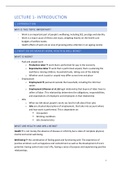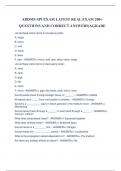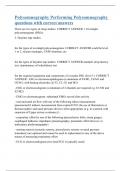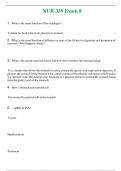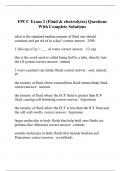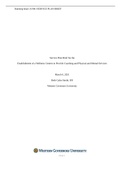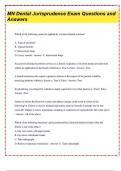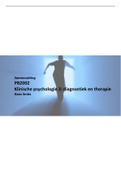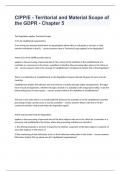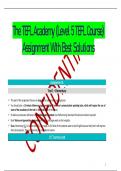Resume
Summary Challenges in work, health and well-being ISW UU: Lectures + literature
- Cours
- Établissement
Very extensive summary of all lectures and nearly all literature of the course 'Challenges in Work, Health and Well-being. I was graded a 9 on my exam. Take a look at my other summaries for electives and mandatory courses of the bachelor ISS :) CONTENT 1) Introduction - Article Vickerstaff -...
[Montrer plus]
